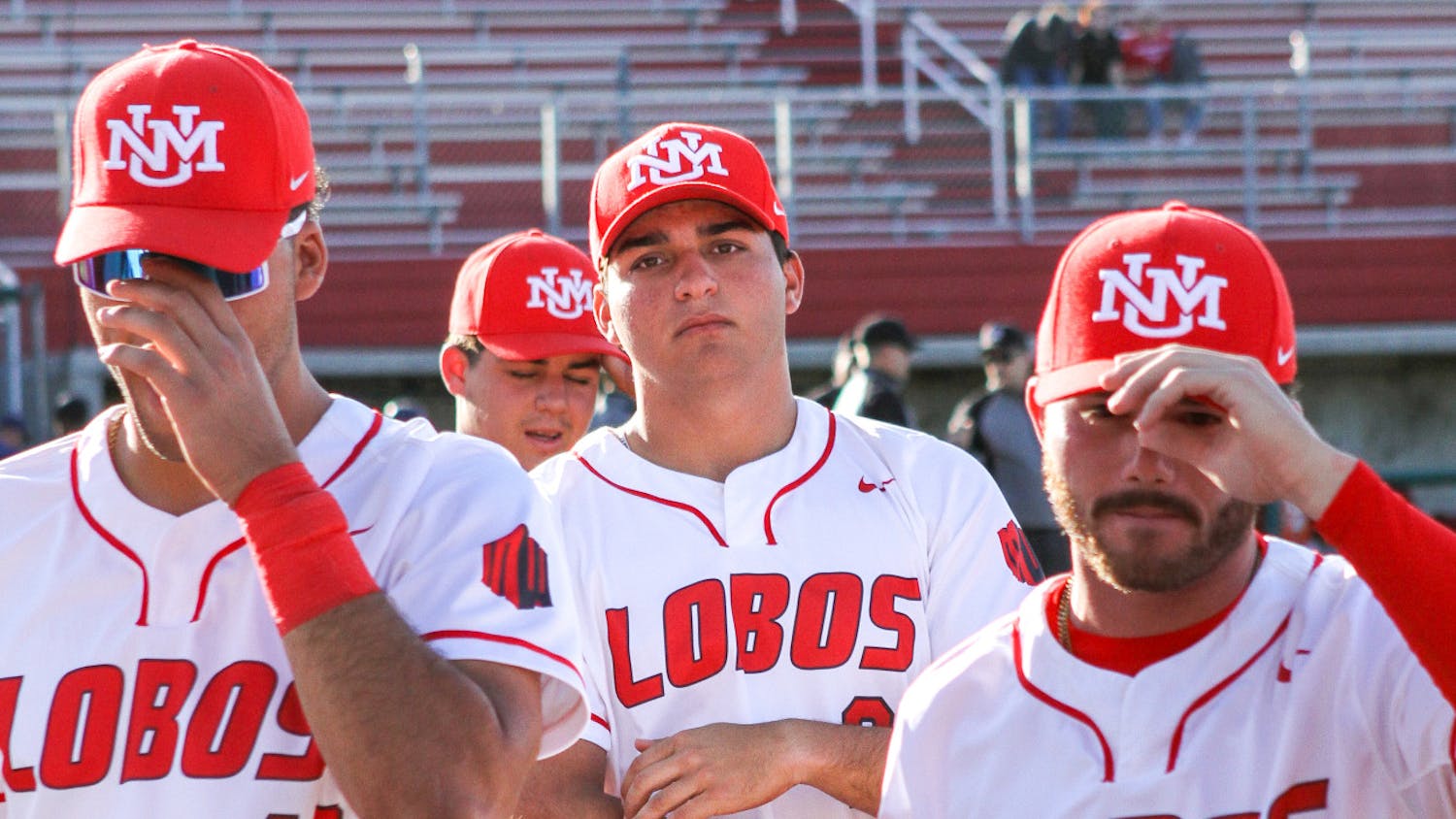Jon Hunner, Ph.D. presented “Driven by History: A Road Trip through our Nation's Past” Thursday as part of a spring lecture series, “People and Places,” hosted by the University of New Mexico Southwest Research and Special Collections.
In his lecture, Hunner, a UNM alum and professor of U.S. history and public history at New Mexico State University, discussed a 2016 road trip across the United States, in which he visited over 100 national parks and drove 20,000 miles.
According to Hunner, the national parks are an excellent place to learn about the nation’s history.
While most people think of the national parks as only connected to nature, they have so much more value than that alone. They are also rich in history, culture and hold some of the most beautiful natural sites in the world, he said.
Thomas Jaehn, director of UNM’s Southwest Research and Special Collections, said all of the lectures in the spring series are open to students, faculty and staff but also open to the public, because anyone can learn from the southwest special collections.
“With all of our lectures in this series, we hope that everyone attending will start thinking about history and that the lectures will incite conversation,” he said. “These lectures are about New Mexico and the southwest, but a lot of the lectures are also interdisciplinary.”
There were three main reasons for his trip, Hunner said. The first was that 2016 was the centennial birthday of the national parks. The second was that instead of taking a traditional sabbatical and visiting archives, his trip allowed him to visit national parks where history actually happened. The third was that Hunner’s life is driven by history, hence the name of this talk.
“We are all driven by something. For me, that something is history, and tonight I am here to share that with you,” Hunner said during his lecture.
Hunner’s road trip lasted seven months, but he boiled down his experience to four major stories.
The first story was about the creation of the National Park Service.
According to Hunner, in 1906 Congress gave President Theodore Roosevelt the ability to designate federal land as protected. Then in 1916, Congress created the National Park Service. While national monuments only need to be approved by the current president, national parks also have to be approved by Congress, Hunner said. Since then, over four hundred national parks have been created.
Hunner’s second story focused on early Native Americans.
Get content from The Daily Lobo delivered to your inbox
This group of people was extremely advanced, Hunner said, and had a variety of tools to track the stars and planets. Pueblo Bonito in Chaco Culture National Park in New Mexico was a place where hundreds of Native Americans lived and studied the stars. In fact, Pueblo Bonito was the largest structure in the United States until 1920, Hunner said.
Hunner said he chose to focus on the Lewis and Clark expedition for his third story, as this was the beginning of the movement westward after the Louisiana Purchase.
Lewis and Clark began their expedition in 1804 and traveled over 4,000 miles. They were tasked with exploring and mapping the land as well as establishing diplomatic relations with Native American tribes, Hunner said.
His last story focused on the Civil Rights Movement, race relations and their trail across the United States.
It is estimated that between 620,000 to 750,000 people died during the Civil War — that is more American casualties than all other wars the United States has engaged in, Hunner said.
“The pain from the Civil War still remains with us in race relations today,” he said.
The Civil Rights Movement further worked toward the idea that our nation was founded on, that all men are created equal. Martin Luther King Jr. and Rosa Parks were at the forefront of this movement, fighting for a promise that had long been deferred, and millions of Americans fought for their equality along with them, he said.
“Millions of people from all walks of life participated in the Civil Rights Movement to work towards the statement, ‘all men are created equal,’ and we still have work to do,” Hunner said.
The national parks preserve the history of early Native Americans, the history of many cultures and the history of the Civil Rights Movement. They also preserve our wildlife and ecosystems, Hunner said.
“The national parks are for all of us. The national parks tell us the story of who we are and where we came from,” Hunner said.
Megan Holmen is a freelance reporter for news and culture at the Daily Lobo. She can be contacted at news@dailylobo.com, culture@dailylobo.com or on Twitter @megan_holmen.





